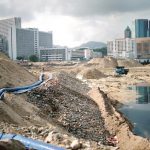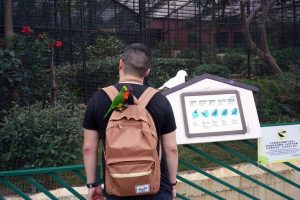
15 Jan- 30 Jun 2021 at Hong Kong Zoological and Botanical Gardens
View images | Map to HKZBG
Artist Statement
The year of 2021 marks the 150th Anniversary of the Hong Kong Botanical and Zoological Gardens, which has been an escape for people who enjoy nature. The recent strolls that I made through the area were full of exciting encounters with the locals, children, domestic helpers, expatriates, and tourists. These enchanted visitors vitalized the air with their bliss. The Gardens, an ideal setting for both social and solitary life, has become a true celebration of the diverse communities and cultures that have converged throughout its history.
My childhood recollection of the Gardens consisted of nothing more than the huge aviary and primitive sounds from the wildlife. However, my repeated visits have confirmed that it is a unique and timeless place. For this exhibition I deviated from my long-standing photographic style of limited human presence, and created a series of people-centric images entitled Where the Hearts Meet. They explore the remarkable geographical settings of this urban oasis and its special connection with visitors. I believe that the intrinsic value of the Gardens lies in its power to nurture different lives and relationships, generation after generation. This project honors the Gardens, an essential part of Hong Kong, which provides all that is needed to connect our hearts.
About the Hong Kong Zoological and Botanical Gardens
The Hong Kong Zoological and Botanical Gardens was the site of the government house during the city’s early development. It was officially opened to the public in 1871 and is the oldest garden in the territory.
The Gardens occupies an area of 5.6 hectares (14 acres). At the southern entrance is a memorial arch and a granite arch dedicated to the Chinese who died assisting the Allies during the two world wars. A bronze statue of King George VI was erected in commemoration of the 100th anniversary of British colonial rule over Hong Kong.
Apart from housing century-old historic monuments, old and valuable trees and other exotic flora, the Gardens is also the home to various endangered species of birds, mammals, and reptiles.
About the Project
For the Sesquicentennial Anniversary of the Hong Kong Zoological and Botanical Gardens the Art Promotion Office launched a yearlong public art project, ‘Hi! Flora, Fauna’ to celebrate the event.
The artist, Gretchen So, was commissioned to explore stories about the Gardens and the relationship between humans and nature. The result of her work is a series of photographs, most of which are displayed on both sides of the steps leading to the Bronze Statue of King George VI, creating a spectacular outdoor gallery. The remaining works are nested in different trails where the landscape of the photos intertwines with that of the surrounding environment, allowing visitors to roam freely between the imagery and reality during their leisurely strolls.
This project began just before the early outbreak of the Covid-19 pandemic. In the following year, many visitors flocked to the Gardens because of the closures of many businesses. People from all walks of life engaged in various unusual activities, which were captured in the artist’s photographs.
Back to top
 HKI Gallery presents Evolving Territories – Hong Kong in Transition 1994-2000, a photography exhibition featuring images I took between 1994 and 2000. Commemorating the 25th anniversary of the handover, this exhibition is a candid portrait of Hong Kong at a crucial historic juncture. Come by to see the pigment prints at the gallery – the show is on until July 20, 2022.
HKI Gallery presents Evolving Territories – Hong Kong in Transition 1994-2000, a photography exhibition featuring images I took between 1994 and 2000. Commemorating the 25th anniversary of the handover, this exhibition is a candid portrait of Hong Kong at a crucial historic juncture. Come by to see the pigment prints at the gallery – the show is on until July 20, 2022.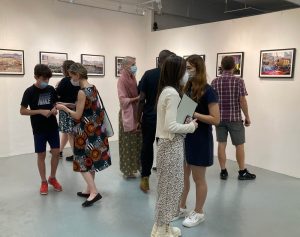
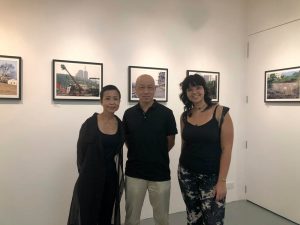
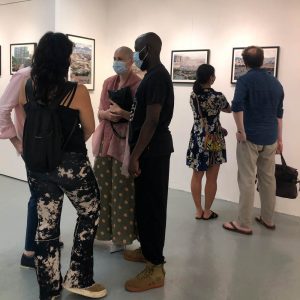
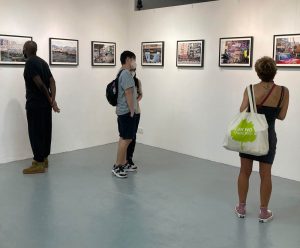

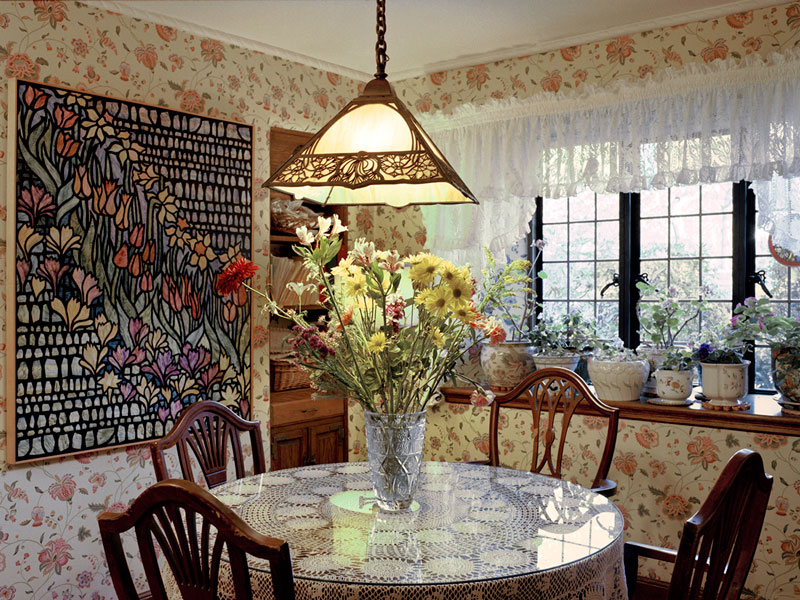
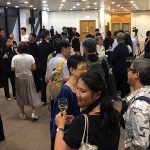
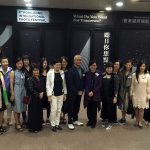
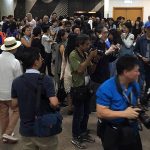
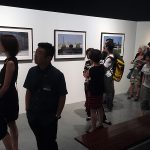
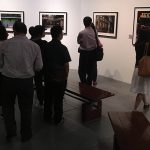

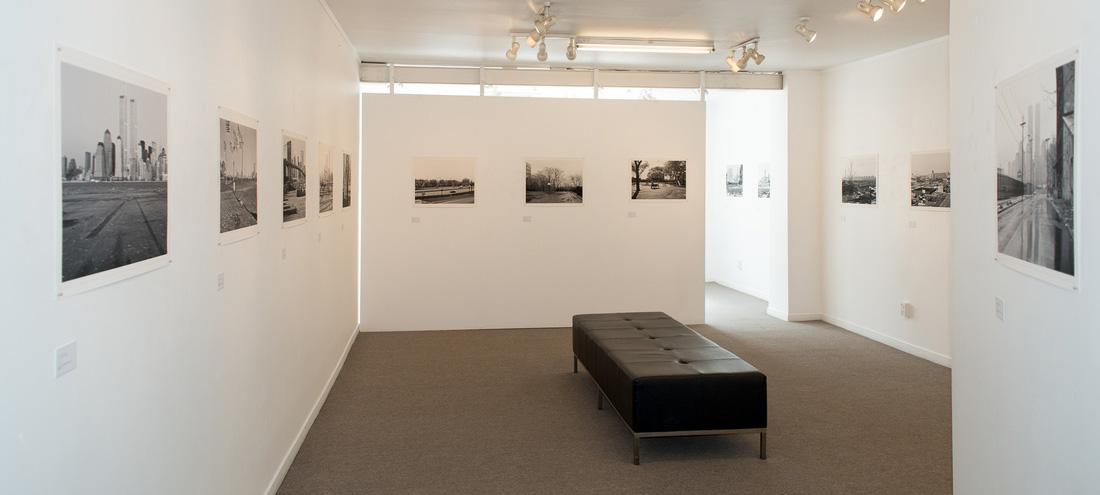 Gretchen So’s work of New York’s Twin Towers from 1990s will be on display at the Photospace Gallery in Wellington, New Zealand from 11 Sep through 6 Oct, 2014.
Gretchen So’s work of New York’s Twin Towers from 1990s will be on display at the Photospace Gallery in Wellington, New Zealand from 11 Sep through 6 Oct, 2014.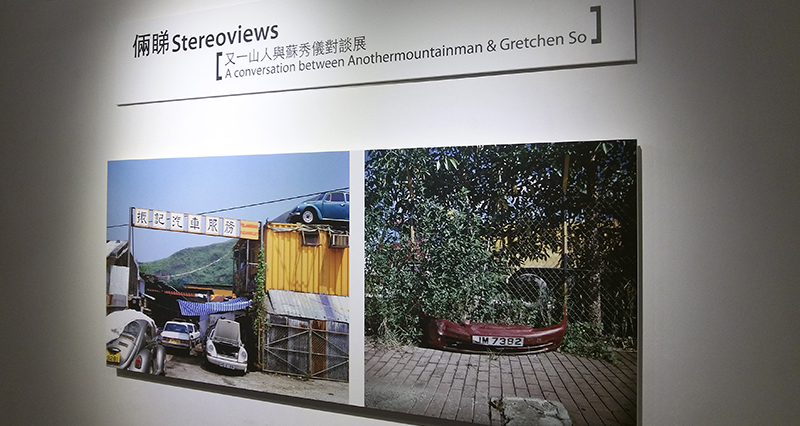 Several years in a row Tse Ming Chong, Founder of Lumenvisum, asked me to participate in the Artist and Photographer Conversation Series. My routine response was that I had no time and was not ready. Indeed, I had a fairly busy schedule when I first relocated back to Hong Kong. Yet the main reason of my rejection to his proposal was my fear of having to delve into my old work or to make art for a predetermined project.
Several years in a row Tse Ming Chong, Founder of Lumenvisum, asked me to participate in the Artist and Photographer Conversation Series. My routine response was that I had no time and was not ready. Indeed, I had a fairly busy schedule when I first relocated back to Hong Kong. Yet the main reason of my rejection to his proposal was my fear of having to delve into my old work or to make art for a predetermined project. Exhibition opens on 15 February 2014 (Saturday), at Lumenvisum; Artist Sharing at 4pm; Opening at 6pm
Exhibition opens on 15 February 2014 (Saturday), at Lumenvisum; Artist Sharing at 4pm; Opening at 6pm Gretchen So was selected as one of the finalists in the 2011 Sovereign Asian Art Prize. Her work “Pigeon” (51cm x 76 cm, Archival Inkjet Print) was exhibited in January 2012 at the Arts and Science Museum at the Marina Bay Sands in Singapore, and in February at The Rotunda, Exchange Square in Hong Kong. The art piece was auctioned off at charity auction dinner on February 17, 2012 at the Four Seasons Hotel in Hong Kong. The event was attended by 360 guests, and total proceeds from the art auction exceeded USD270,000.
Gretchen So was selected as one of the finalists in the 2011 Sovereign Asian Art Prize. Her work “Pigeon” (51cm x 76 cm, Archival Inkjet Print) was exhibited in January 2012 at the Arts and Science Museum at the Marina Bay Sands in Singapore, and in February at The Rotunda, Exchange Square in Hong Kong. The art piece was auctioned off at charity auction dinner on February 17, 2012 at the Four Seasons Hotel in Hong Kong. The event was attended by 360 guests, and total proceeds from the art auction exceeded USD270,000. ART EDITION is an annual art fair organized by the Korea Print Photography Promotion Association (KPPPA) and serves to promote and develop the genres of printmaking, photography, Media art and many other edition works. The venue of this year’s ART EDITION was held at the Seoul Trade Exhibition & Convention (SETEC) Centre in December 2011.
ART EDITION is an annual art fair organized by the Korea Print Photography Promotion Association (KPPPA) and serves to promote and develop the genres of printmaking, photography, Media art and many other edition works. The venue of this year’s ART EDITION was held at the Seoul Trade Exhibition & Convention (SETEC) Centre in December 2011.
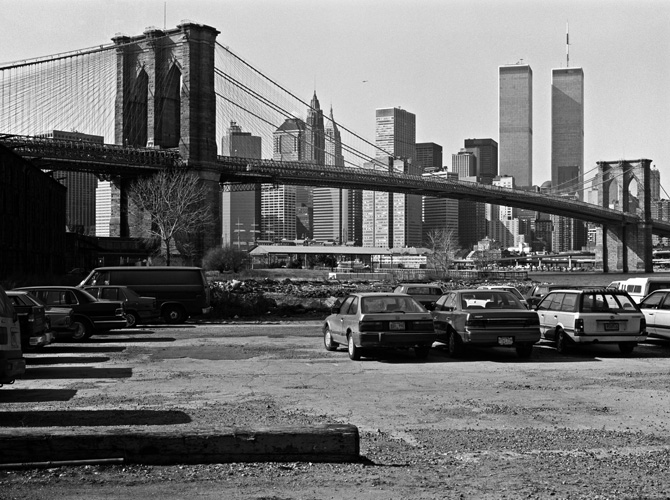
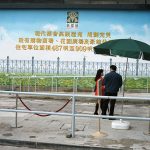
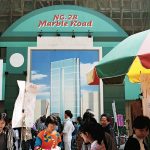
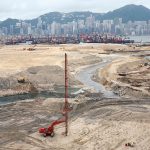
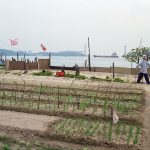
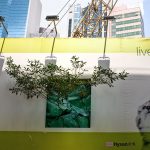
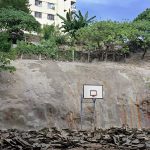
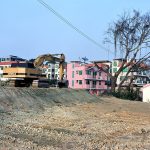
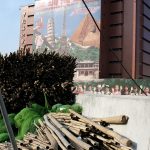
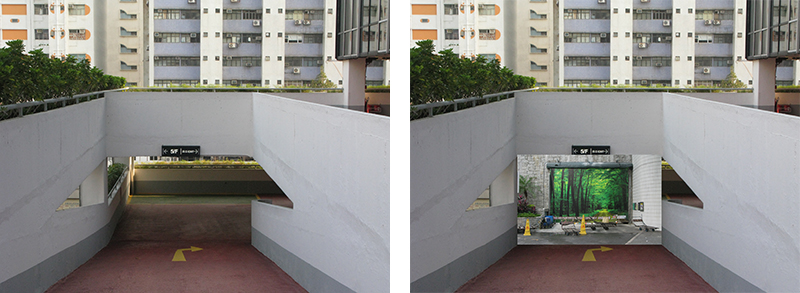 I live in Wan Chai, where I often encounter a large vinyl banner with an image of a serene path leading into the woods. The beautiful scene of nature not only adds green tones to the hustle-bustle grey surroundings, it also conceals the trash collection centre behind it.
I live in Wan Chai, where I often encounter a large vinyl banner with an image of a serene path leading into the woods. The beautiful scene of nature not only adds green tones to the hustle-bustle grey surroundings, it also conceals the trash collection centre behind it. 